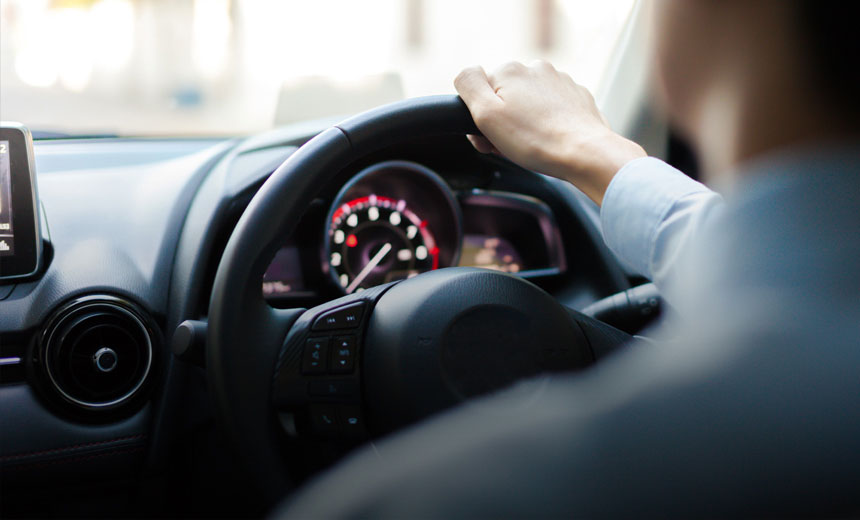"*" indicates required fields
01/09/2017

If you typically drive a car to get around, it’s only natural that you might be keen to know when you can safely start driving again after having conventional (manual) or laser cataract surgery.
Most people who have cataracts will need to have them removed from both eyes. However, your surgeon will most likely perform the surgery on different occasions, generally anywhere from 1 day to about 2 weeks apart.
This means your vision will be very different in one eye compared to the other for some time. In particular, depth perception can be markedly different, which can be challenging.
Therefore, if you’re having cataract surgery the best advice is to wait until both eyes have been operated on before attempting to drive. The good news is that the recovery period is quite short, usually just a day or two. Some people’s eyes can be slightly swollen for a short time after the procedure – if this is the case, you should wait for a full recovery before hitting the road.
For safety’s sake, it’s wise to carefully consider if your vision has stabilised before driving again. If it hasn’t fully recovered, an error of judgement could lead to significant consequences.
You won’t be allowed to drive immediately after surgery. The main reason for this is that you will probably have been sedated and will be in no condition to drive yourself home.
Always plan ahead and have a friend or relative to serve as a chauffeur on the day of laser cataract surgery. Also, don’t count on a taxi or hire service to take you home, because you will need someone to stay with you for a few hours during the recovery period.
Most cataract patients notice that within 24 hours following cataract surgery, any effects they may have experienced from the administration of sedation have disappeared. But if you feel sleepy, are experiencing any sensitivity to light, or any other side-effects that might inhibit your ability to control your vehicle and drive safely, it’s better to be cautious and wait until your vision is fully recovered.
Light sensitivity and depth perception problems are two common issues that may delay your return to driving, so pay attention to them and ensure they aren’t affecting your vision. Most of the time, these issues are temporary and recovery will be quite quick.
Before you resume driving after cataract surgery, it’s a good idea to check to see if your current prescription glasses still provide you with optimal vision. Sometimes, a patient’s vision is restored to such a degree that they may longer need to wear glasses, except perhaps for reading small print or in poor light.
For some patients, a temporary solution (between operations) may be to remove the lens over the eye that was operated on, still enabling your other eye to view the world through a corrective lens. This is less than ideal, especially for driving. If you do need to occasionally wear glasses for specific activities after surgery, you should make sure your prescription is updated to suit your new, replacement lens.
Cataracts tend to cloud vision in such a gradual manner that many people suffer them without even realising their vision has begun to worsen. Drivers will often first notice they have a problem when they are driving at night and are temporarily blinded by bright lights and often see halos, especially when it’s raining.
After surgery, most people are able to see the road and their fellow motorists much more clearly, making them safer drivers. Colours will appear brighter, road signs will look sharper and vision will be enhanced in all kinds of weather conditions. Night driving will be particularly improved and the stress of being blinded by headlights will become a thing of the past.
Just remember to be patient and wait until your eyes are fully recovered before you resume driving. After all, it’s surely worth waiting for a short time knowing you have a lifetime of improved vision to look forward to.
Vision Eye Institute offers consultations with our expert cataract surgeons to determine whether you need cataract surgery. Our surgeons can perform the different types of cataract surgery at our locations in New South Wales, Queensland, South Australia and Victoria.
The information on this page is general in nature. All medical and surgical procedures have potential benefits and risks. Consult your ophthalmologist for specific medical advice.
Date last reviewed: 2022-10-05 | Date for next review: 2024-10-05